Spice Up Your Life: 7 Essential Mexican Spicy Food Tips You Can’t Ignore!
If you've ever bitten into a fresh pico de gallo, sipped on a smoky mole sauce, or felt your eyes water after one too many chiles en nogada, you already know that Mexican spicy food isn't just a meal — it's a full-body experience. But here’s the real question: Are you making the most of it?
In this post, we’ll take you through everything from understanding chile varieties to balancing heat and flavor like a pro. Whether you're a seasoned chef or a kitchen newbie who once mistook paprika for chili powder (we’ve all been there), this guide will spice up your culinary game — literally.
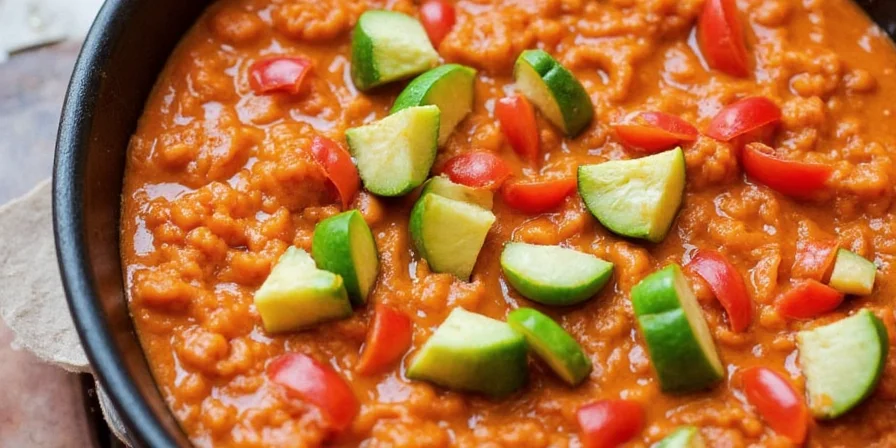
Table of Contents
- The Spice Cabinet: Mexico’s Most Iconic Chiles
- How to Balance Heat and Flavor Like a Pro
- Top 7 Must-Know Mexican Spicy Food Hacks
- Spice Myths Busted: Separating Fact from Flare
- Pairing Spicy Dishes with Drinks & Sides
- Conclusion
The Spice Cabinet: Mexico’s Most Iconic Chiles
Mexican cuisine boasts one of the most diverse and flavorful chile repertoires in the world. From mild and earthy to fire-in-the-mouth hot, each chile brings its own personality to the plate.
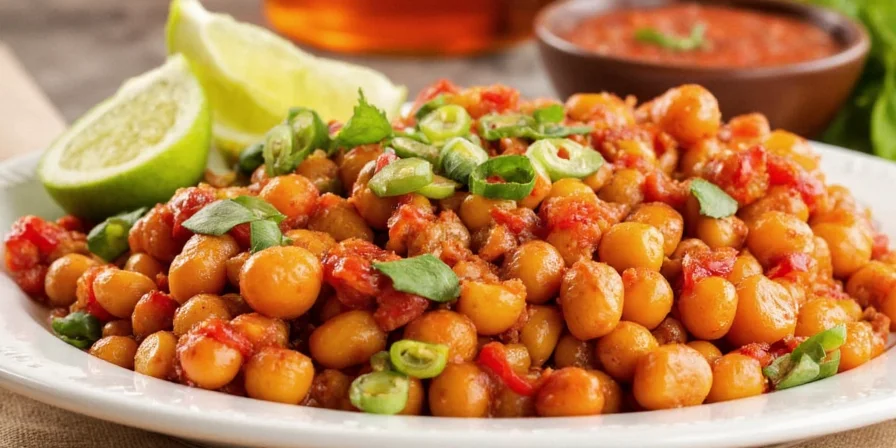
| Chile Type | Heat Level (SHU) | Flavor Profile | Common Uses |
|---|---|---|---|
| Ancho | 1,000–2,000 | Smoky, sweet, raisin-like | Mole sauces, stews |
| Jalapeño | 2,500–8,000 | Grassy, crisp, tangy | Salsas, nachos, tacos |
| Poblano | 1,000–2,000 | Rich, earthy | Chiles rellenos, soups |
| Habanero | 100,000–350,000 | Fruity, floral, fiery | Salsas, marinades |
| Chipotle | 5,000–10,000 | Smoked, bold | Tacos, adobo sauces |
| Guajillo | 2,500–5,000 | Tea-like, citrusy | Red sauces, enchiladas |
Pro tip: If you're new to Mexican chiles, start with ancho or poblano. They offer complexity without knocking your socks off. Once you're comfortable, experiment with habaneros or even the legendary ghost pepper if you’re feeling daring (and have a glass of milk handy).
How to Balance Heat and Flavor Like a Pro
The key to great spicy food is balance. It’s not just about cranking up the heat — it’s about letting the other flavors shine too.
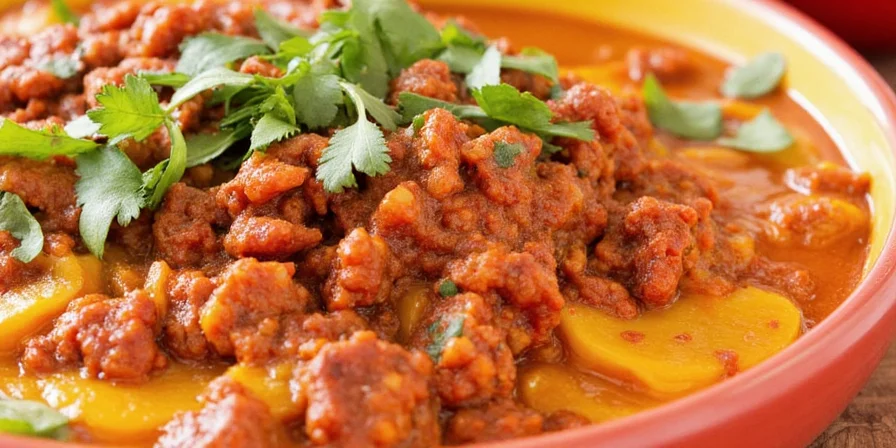
Tips for Flavor Harmony:
- Acid: A splash of lime juice or vinegar can cut through the richness and make the spiciness more manageable.
- Fat: Use sour cream, avocado, or cheese to cool things down and mellow the heat.
- Sweetness: A pinch of sugar or a fruit element like mango or pineapple helps balance intense heat.
- Umami: Soy sauce, fish sauce, or mushrooms add depth and round out the flavor spectrum.
Top 7 Must-Know Mexican Spicy Food Hacks
You don’t need a PhD in chileology to master Mexican spicy food. Here are seven hacks to level up your game instantly:
- Toast Your Chiles First – Toast dried chiles in a dry pan until fragrant but not burnt. This unlocks their oils and intensifies flavor.
- Use Lard for Extra Flavor – Yes, lard! It’s traditional in many regions and adds a depth of flavor vegetable oil just can’t match.
- Soak Before Blending – Rehydrate dried chiles in warm water or broth before blending for smoother sauces and better texture.
- Blend with Seeds for More Heat – Most of the capsaicin lives in the seeds and veins. Leave them in for extra kick, remove them for a mellower vibe.
- Simmer for Days… Well, Hours at Least
- Cool Down with Dairy – Milk-based drinks or toppings like crema or queso fresco help counteract the burn.
- Experiment with Regional Variations – Try Oaxacan mole negro or Veracruz-style spicy seafood for a taste of local flair.
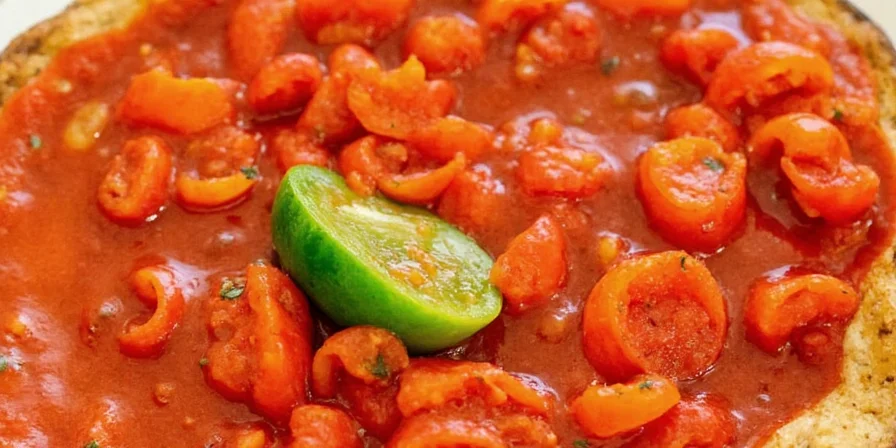
Spice Myths Busted: Separating Fact from Flare
We all love our spicy food stories, but not everything you hear holds up under scientific scrutiny. Let’s clear up some common myths:
| Myth | Reality |
|---|---|
| Spicy food kills bacteria in your gut. | While capsaicin does have antimicrobial properties, eating spicy food won’t sterilize your digestive tract. Enjoy for flavor, not as a disinfectant. |
| Spicy food causes ulcers. | Nope! Ulcers are usually caused by Helicobacter pylori infections, not hot sauce. In fact, some studies suggest moderate spice intake may protect the stomach lining. |
| Drinking water cools your mouth after spicy food. | Sorry, but water actually spreads the capsaicin around. Reach for dairy, bread, or rice instead. |
| Men always handle spice better than women. | Totally false. Tolerance varies by individual, not gender. Confidence and hydration play bigger roles than chromosomes. |
Pairing Spicy Dishes with Drinks & Sides
The right pairing can elevate a good meal to unforgettable territory. When it comes to spicy Mexican food, balance is key.
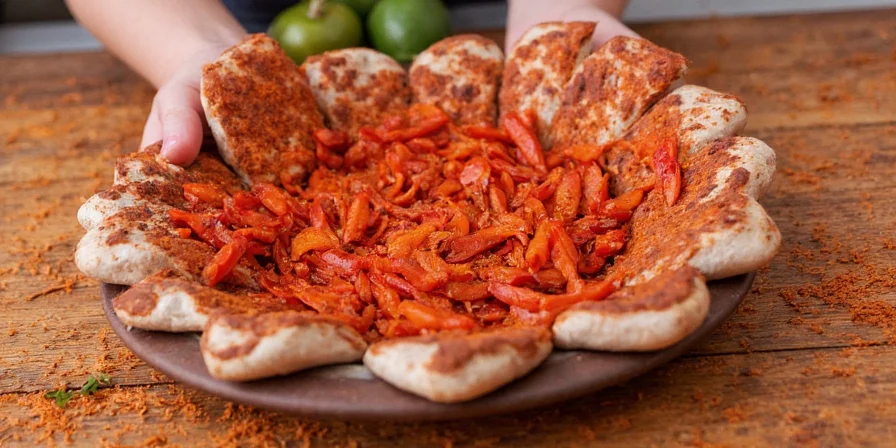
Drink Pairings:
- Margarita – The acidity of lime and sweetness of triple sec balance out fiery bites beautifully.
- Horchata – This cinnamon-infused rice milk is creamy and slightly sweet — perfect for cooling things down.
- Cerveza (Beer) – Light lagers or wheat beers cleanse the palate and prepare you for the next spicy bite.
- Agua de JAMAICA – This hibiscus tea is tart, fruity, and incredibly refreshing after a spicy dish.
Side Dish Suggestions:
- Avocado – Creamy, rich, and naturally cooling — it’s no wonder guac is a staple.
- Lime Wedges – A squeeze over tacos or salsas adds brightness and cuts through the heat.
- White Rice – Mild and neutral, it acts as a buffer when things get too intense.
- Beans – Their creamy texture soothes the tongue and pairs well with most spicy dishes.
Conclusion
Mexican spicy food is more than just chiles and tears — it’s a vibrant tradition rooted in history, culture, and flavor. Whether you're chasing the burn or looking for ways to temper it, mastering these techniques will bring new life to your kitchen.
From toasting chiles to experimenting with regional styles, there’s always room to grow your spice game. Remember, it’s not just about how much heat you can handle — it’s about how well you balance it.
So go ahead, grab those jalapeños, break out the tortillas, and let the fiesta begin!
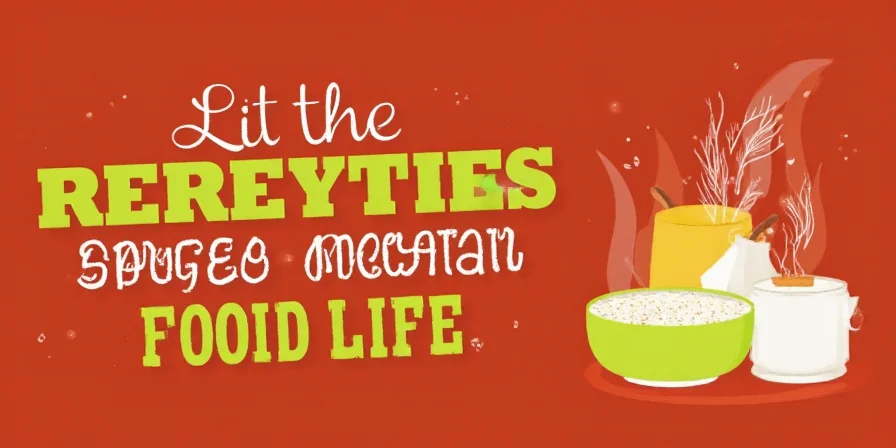

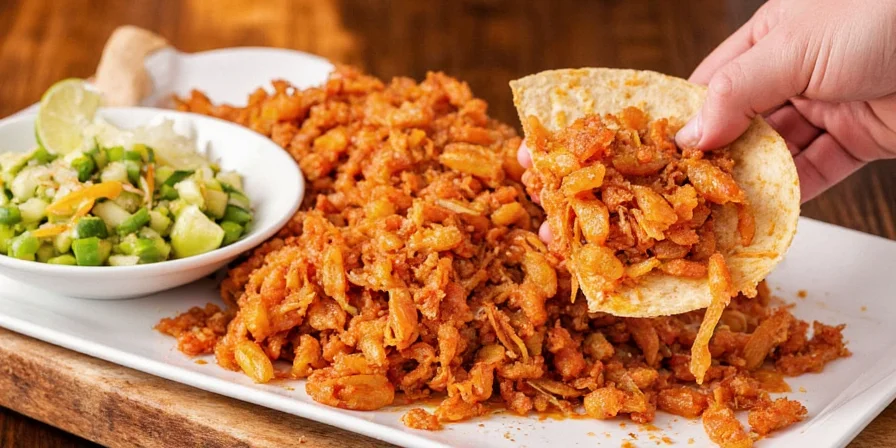









 浙公网安备
33010002000092号
浙公网安备
33010002000092号 浙B2-20120091-4
浙B2-20120091-4